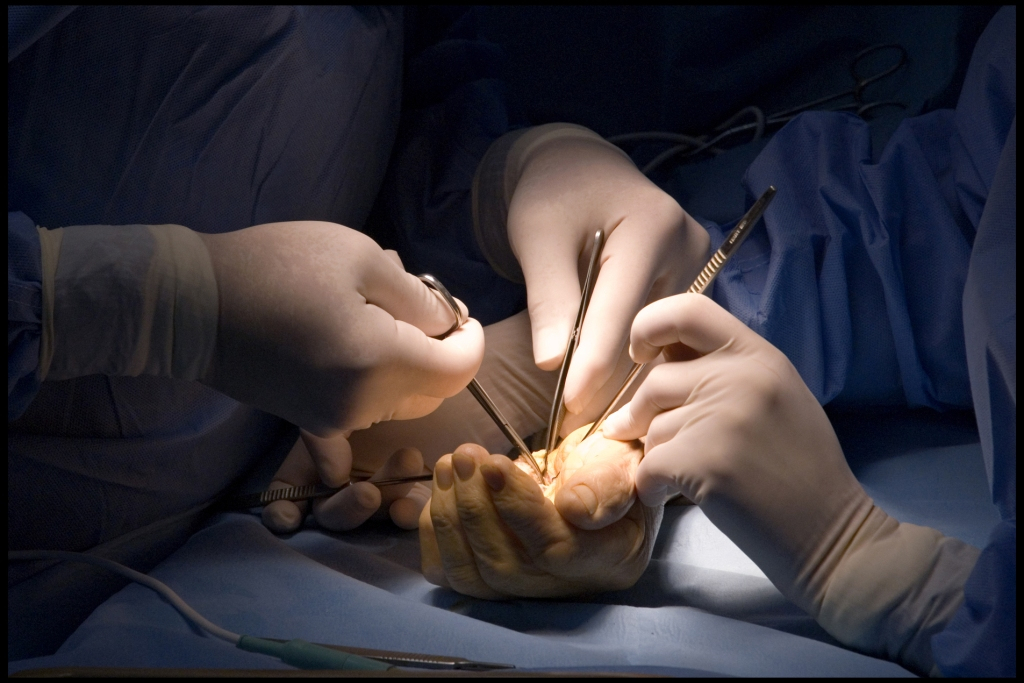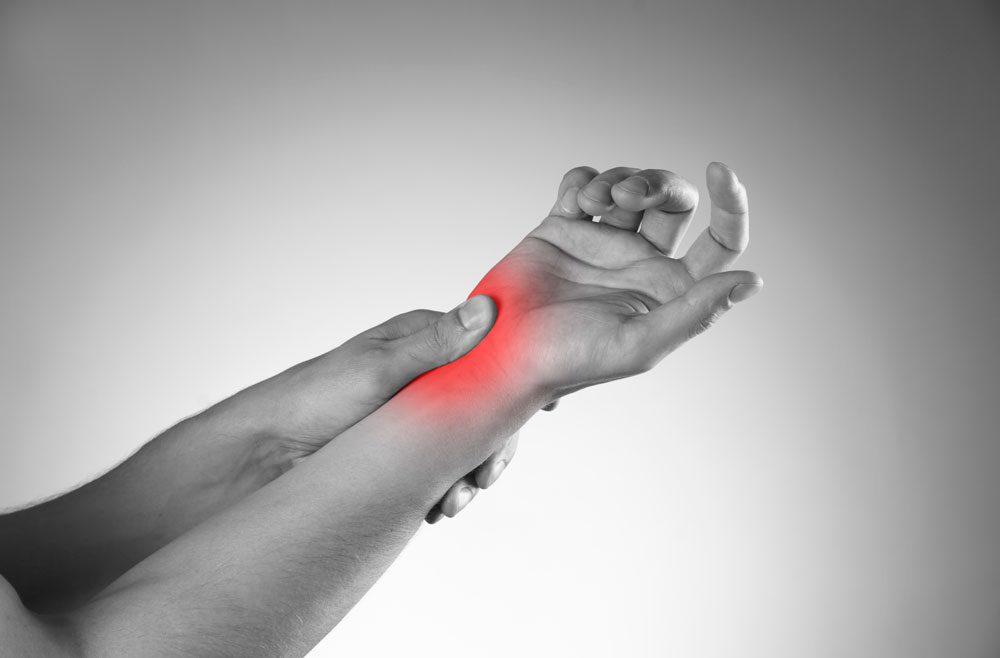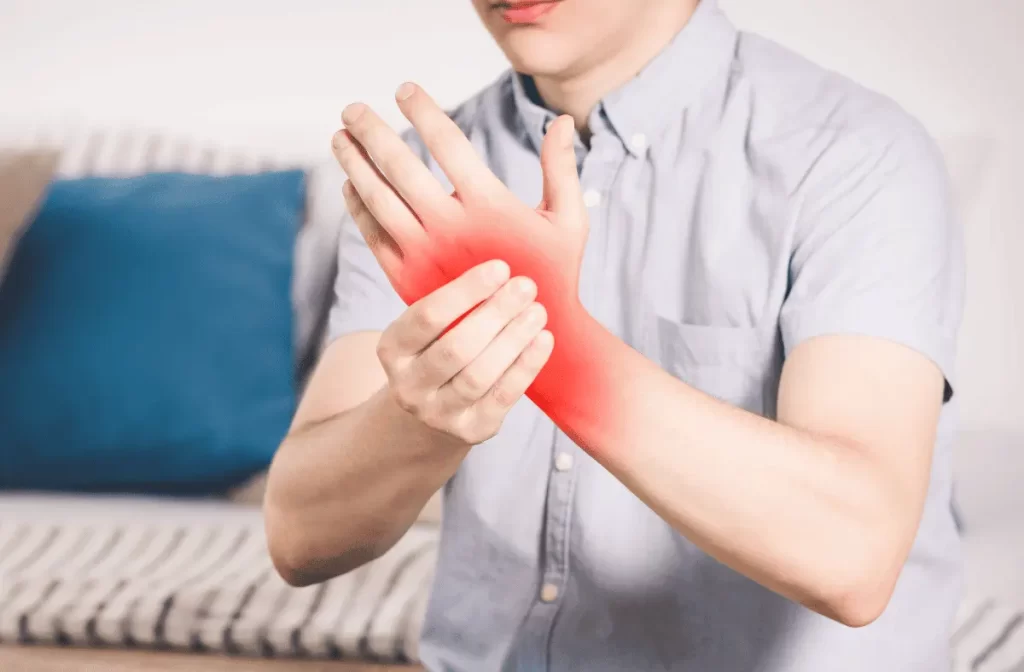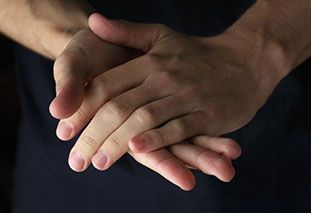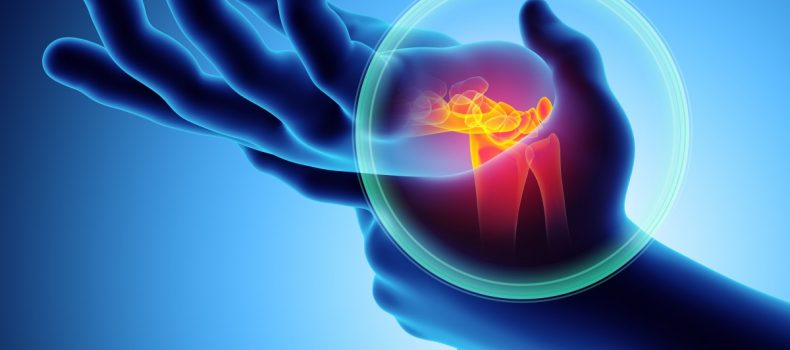Akin to other surgical procedures, hand surgeries also have its share of failures, success, and complications.
That being said, it is imperative for likely candidates for orthopaedic hand surgery to be in the know as to the possible risks and complications involved with the procedure.
Patients who have undergone orthopaedic hand surgery often complain about one issue, presumably one of the most common complications of the surgery—hand stiffness.
Stiffness of the hand encapsulates pretty much all the effects of post-surgery.
In majority of the cases, hand stiffness can be attributed to swelling and immobilization secondary to the injury and the procedure itself.
Fortunately, there are post-surgery guidelines that are priority based in place to help ensure the risk of complications becomes minimal.
Pre-Surgery Priorities
Prior to the surgery, one of the primary priorities is determining the extent of the injury.
Once the severity of the injury has been established, the next management priority would be to fix the damage, reconstruct the affected areas, and preserve as much of the good tissues as possible.
Oftentimes, the patient is let in on the discussion to help ensure the procedure is tailored to their unique and specific needs.
Likely Surgery Complications
Just like other surgeries, certain complications can arise from diverse hand surgeries.
With that in mind, the importance for pre-surgery guidelines to be strictly adhered to cannot be overstated.
Understandably, to significantly minimize the risk of any complications, surgeries are to some extent tailor made for the patient, with all key factors considered, including possible underlying diseases.
Surgery complications are actually more common than people think.
Some of the likely complications that can arise from hand surgery includes:
- Needle stick injuries
- Toxic shock syndrome
- Prior axillary lymphadenectomy
- Tourniquet palsy
- Anesthesia complications
Post-Surgery Priorities
After the procedure, the common priority is to ensure there is adequate blood supply so the healing process can take place.
Fortunately, there is revascularization, aggressive debridement, and other techniques to help ensure adequate blood supply is facilitated.
Yet another concern after surgery is the prevention of edema.
However, this aspect can be remedied through elevation of the affected area and proper mobility.
Pain Management
While there is a certain level of discomfort that can be expected after surgery, it is reassuring to know that pain control advancements have made management of pain relatively easier.
Nowadays, there are already many types of medications that can help effectively control post-operative pain.
Some of these medications include opioids, anti-inflammatory drugs or NSAIDs, and local anesthetics.
Aside from helping reduce and ease the pain, pain medications can also help ensure patients feel more comfortable as soon as possible.
When there is comfort and pain is minimal, the patient will not only be able to move around sooner but will also regain strength faster.
Below are some of the pain medications used to control pain after hand surgery:
Nonsteroidal anti-inflammatory drugs (NSAIDs)
NSAIDs are prescribed to ease mild to moderate pain.
NSAIDs are also often used with opioids to help manage post-surgery pain that is moderate to severe.
Common examples NSAIDs include ibuprofen, aspirin, and naproxen.
Opioid analgesics
When treating moderate to severe pain, opioids are considered ideal.
It is also used when managing short-term post-surgery pain.
Opioids work by attaching themselves to opioid receptors found in the body and blocking pain transmissions to the brain.
Opioids are also given through different means—by mouth, under the tongue, through the skin or directly into the bloodstream.
Opioids have also been known to work rapidly and will allow patients to be more active during the day and get sufficient rest at night.
If you are a candidate for orthopaedic hand surgery, visit www.bjios.sg right now for expert help.



